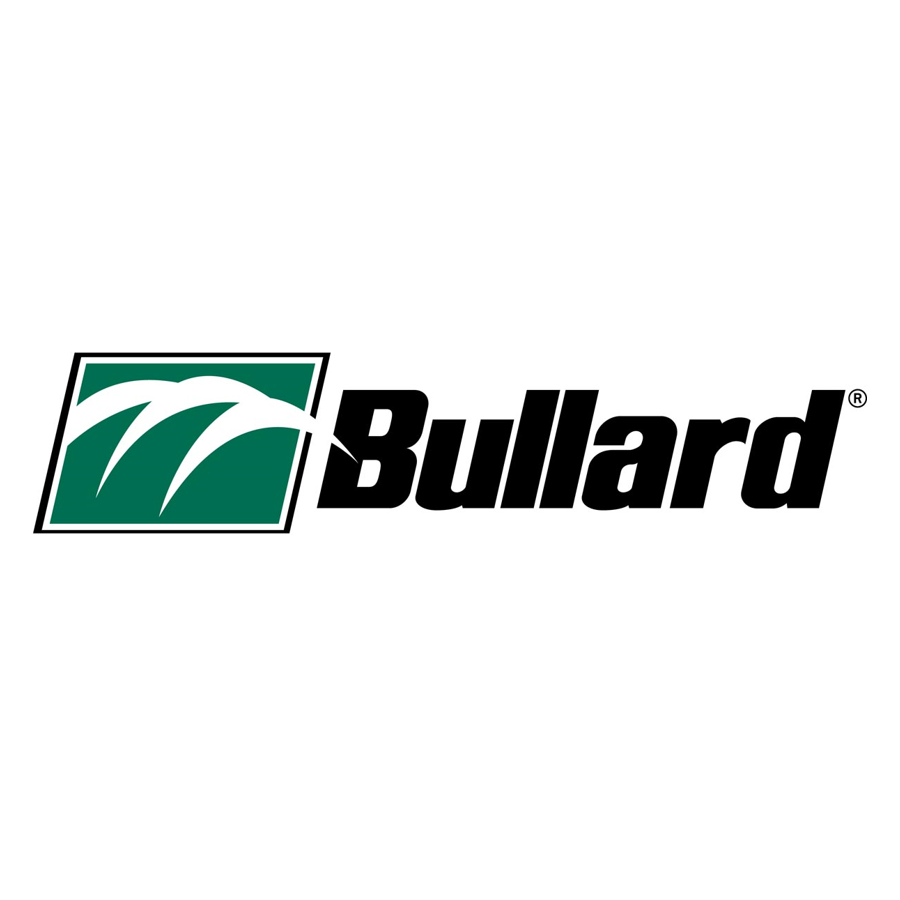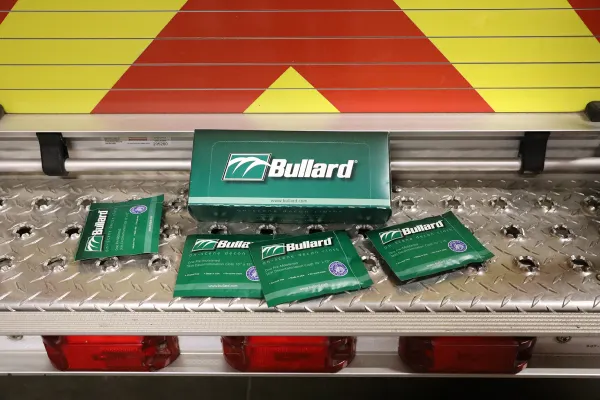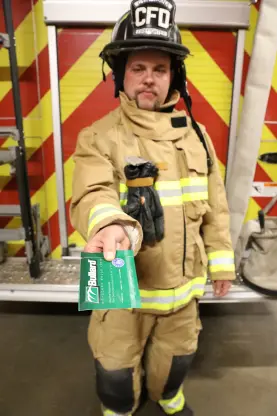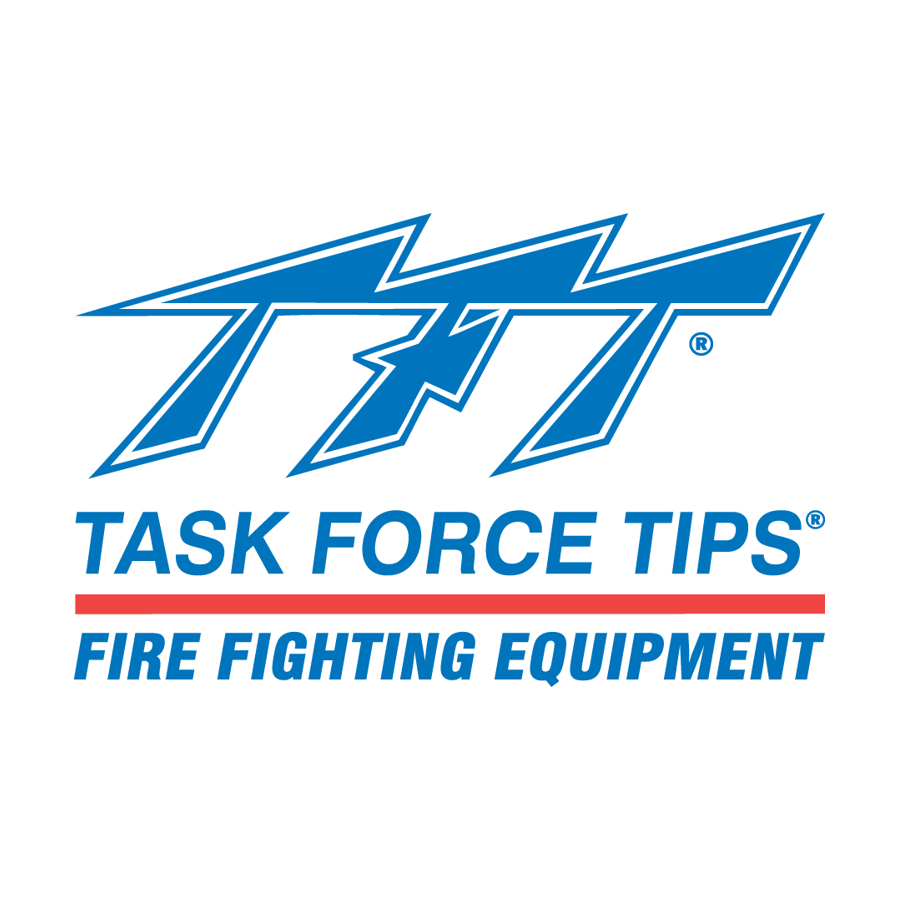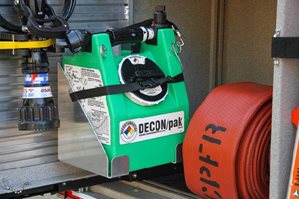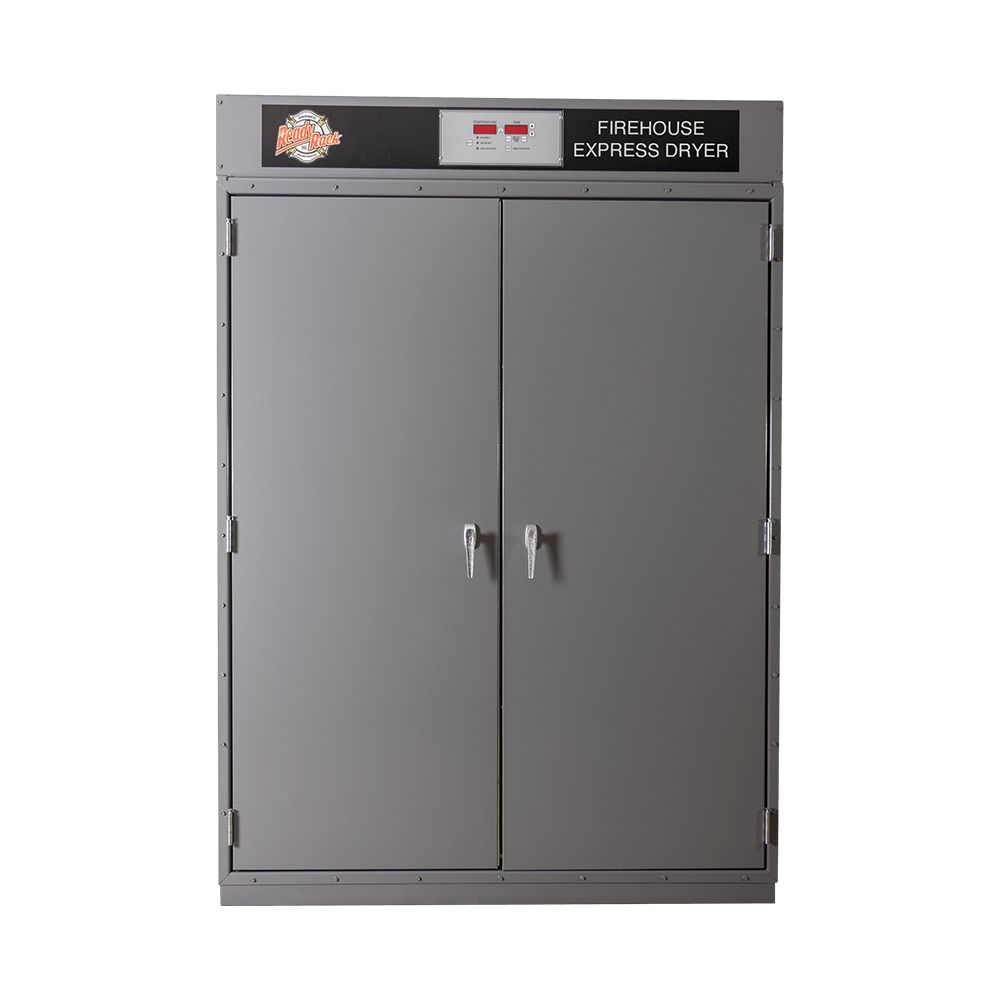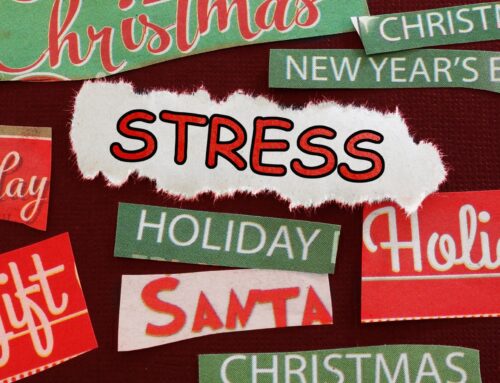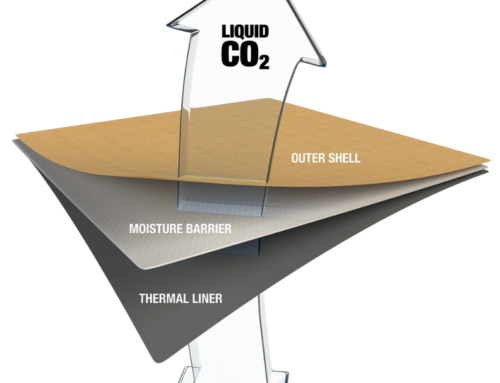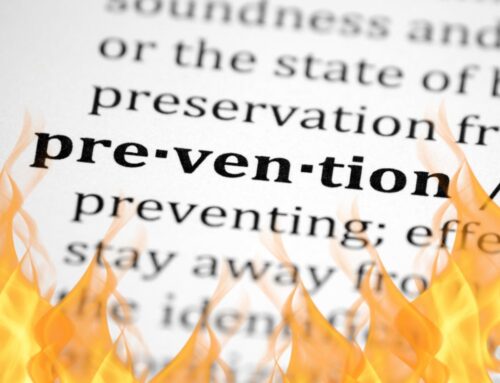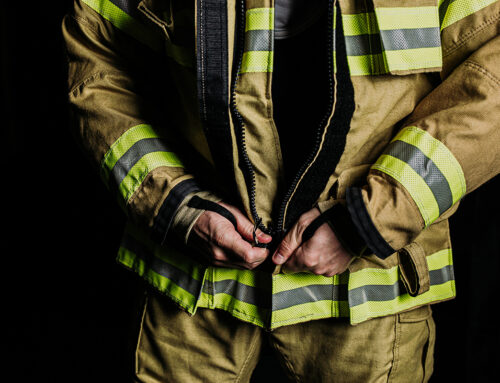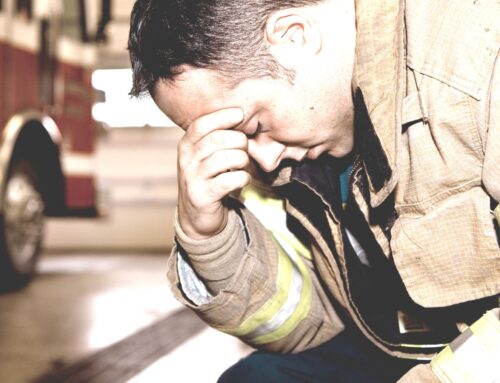
As you probably know, January is Firefighter Cancer Awareness Month. It’s a worthy, if disappointing, cause. I say disappointing because I don’t think a person on the planet is comfortable with the fact that firefighters – the brave men and women who run toward burning buildings, car fires, and other such terrible conditions, to help people on the very worst days of their lives – have a 9% higher risk of being diagnosed with Cancer and a 14% higher risk of dying from Cancer for their trouble. And it’s not just that – there are some types of Cancer that they have significantly higher risk factors for – they’re 100% more likely than Average Joe to be diagnosed with Testicular Cancer or Mesothelioma, not to mention another half a dozen or so other types of Cancer that have occurrence spikes beyond their already heightened rate. And a whopping 61% of career firefighter line-of-duty deaths since 2002 were due to Cancer. But that’s not the end of the story…
Gone are the days of returning to the station wearing that burning smell and blackened gear as a badge of honor. “Know better, do better” – that’s what they say, right? Well, there’s no time like the present…we know better, and we have the means to do better…it’s time to get to work! Read on for information about Station Design, Standard Operating Procedures, and other resources and videos we’ve found to be helpful and informative!
PBS News Hour – How Firefighters’ Life-Saving Work Puts them at a Higher Risk of Cancer
“The life expectancy for firefighters is ten years less than the average person and it’s not just the fires themselves that present dangers. Firefighters are frequently exposed to toxic chemicals, and according to recent research, even their protective gear may carry health risks. Stephanie Sy looked into so-called “forever chemicals” and their possible effects on these essential workers.” – excerpt from video above
Station Design
There’s really only one critical theme when it comes to station design for Cancer prevention, and it’s this: SEPARATION.
Clearly delineated hazard zones are an accepted standard practice for achieving the biggest part of this separation.
- Areas classified as a RED or HOT zone contain anything and everything that still needs to be contaminated (boots, gloves, helmets, SCBA, turnout gear, fire hoses, EMS equipment, and anything else that has been exposed).
- Areas classified as a YELLOW or WARM zone (most typically, this is primarily the apparatus bay) contain cleaned equipment (with the notable exception of PPE, which should be stored elsewhere, separately, and with its own ventilation), handwashing areas, washers/extractors, etc.
- Areas classified as a GREEN or COLD zone are living areas – their ventilation systems should never overlap with anywhere that may have fireground contaminants or diesel exhaust, should never EVER contain contaminated PPE or equipment, and should never have doors propped open leading into other zones
Apparatus Bay safety is another major prevention opportunity. To minimize diesel exhaust exposure, exhaust capture systems should exist for exit and entry of apparatus, apparatus checks should occur OUTSIDE of the apparatus bay, and operation of the vehicle within the apparatus bay should be minimized as much as possible. Additionally, compressed air, leaf blowers, and other similar equipment should never be used to clean the apparatus bay, nor should mops used there ever be subsequently used in living areas.
Finally, in living areas, PPE and contaminated equipment should NEVER be in living areas. Porous surfaces should be avoided as much as possible – particularly carpet – with hard, non-porous options like concrete being safer. Keeping air pressure in living quarters higher than that of the apparatus bay will help prevent cross-contamination, and HVAC filters should be replaced throughout the station regularly, as recommended by the manufacturer.
The Invisible Danger of Bunker Gear Transfer – Video from the Firefighter Cancer Initiative
Operations and SOP Design
Designing and executing standard operating procedures to minimize exposure risk is equally critical. Here are some important call-outs to help reduce the risks of exposure.
- SCBA should stay on at all times – even if it’s for small fires, and even after the smoke has cleared – leave it on from start to finish for the best protection.
- Similarly, don’t use CO and HCN readers to determine if SCBA can be removed – there are plenty of other cancer-causing particulates in the air following a fire that cannot be recognized those readers.
- Complete Gross Decon on the scene per best practices (see a Clean Your Gear video from FCI here for details). Gross Decon can reduce up to 85% of contaminants on the exterior of your turnout gear.
- Use Decon cloths/cleansing wipes as recommended to reduce contaminants on skin by up to 54%.
- Shower within the hour if at all possible.
- Bag all contaminated tools, etc. for transport in an external compartment until they can be properly cleaned when you return to the station.
- Partake in annual physicals and any related follow-up appointments (this guide from the IAFC can be provided to your primary care physician to better explain the added risks to be aware of in regard to firefighting and your health).
Other Resources We’ve Found Helpful
Gear Cleaning Best Practices from Firefighter Cancer Support Network
Lavender Ribbon Report – Cancer Prevention Best Practices from study and report created by NVFC, IAFC, and VCOS.
TFT Video – What You Need to Know About Firefighter Air Contamination
Groves Videos


